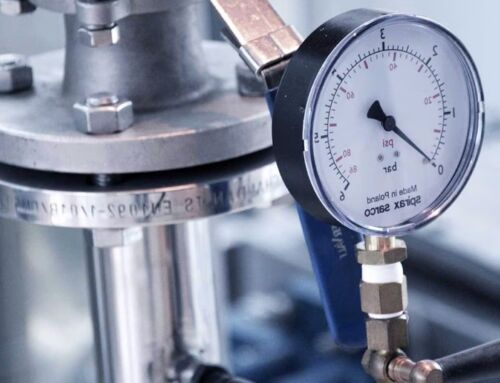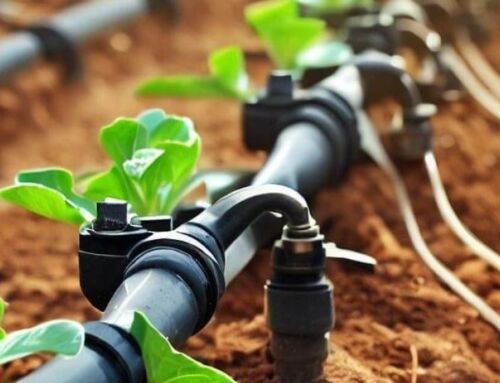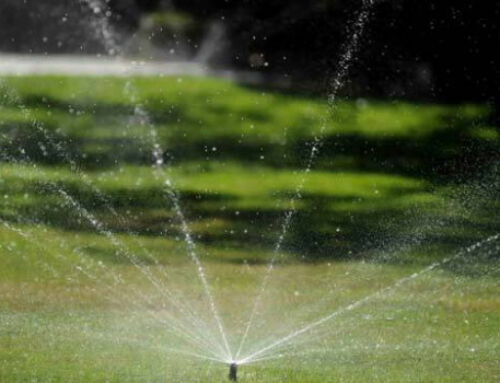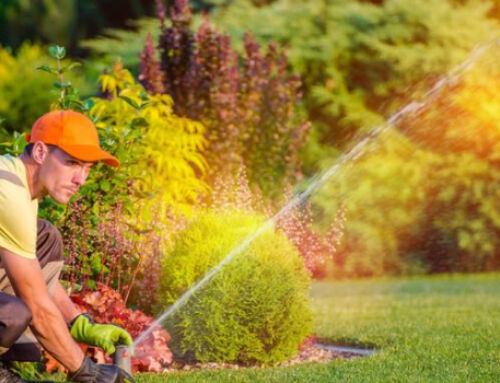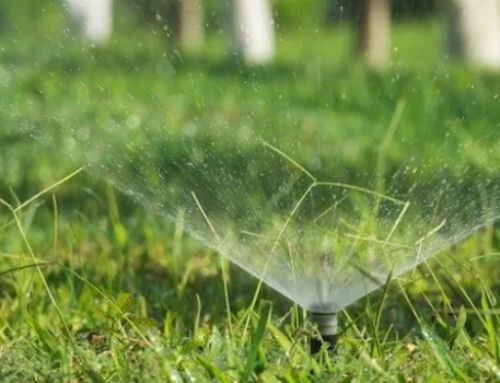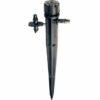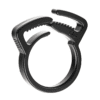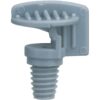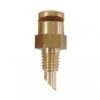Sprinkle in a bit of know-how to your search for the right irrigation system for your needs with our handy guide.
In a perfect world, Mother Nature would be able to meet all of the needs of our garden, plants, and grasses when it comes to watering.
However, here in oft-sunny Melbourne, we understand that we can’t rely solely on the rains to tend to our yard’s watering needs. That’s why more and more homeowners are looking to plan and install an irrigation system that is right sized for them to address those needs without breaking the bank when it comes to their water bill.
Interestingly, no two irrigation systems are actually identical since there are a number of factors that go into planning and installing them. Unless you’re fine with dropping in an oscillating hose-end sprinkler that you have to move around the yard yourself, you’ll want to talk with an irrigation specialist. And here’s what they’ll be considering as they plan and install an irrigation system for you.
| If you want to learn more about irrigation, check out our other resources: |
| 1. How much does irrigation cost |
| 2. How to choose the best irrigation supplier |
| 3. Irrigation vs hand watering services |
| 4. Pros and cons of irrigation |
Options for installing an irrigation system
We recently went over the different types of irrigation systems you have to choose from, and what largely distinguishes them from one another is their installation method. Here’s a quick recap of the options and what makes them so different from one another. Keep in mind that irrigation installers may choose to use one or more of these in combination together to create a blended system that is as efficient as possible for your watering needs.
#1. In-ground sprinkler system
In-ground systems are installed by burying long lengths of pipe under the ground in your yard with evenly (or strategically) placed sprinkler heads. These heads pop up out of the ground when the system is activated to bring water to the yard. These systems are installed by connecting them to your direct water supply and usually incorporate zones and timers to regulate when and how they deliver water to each area of your garden.
#2. Above-ground sprinkler
For those who don’t want to go through the hassle of a complete installation of a permanent system, above-ground sprinklers come in a variety of formats. These are often connected to a garden hose and have to be relocated manually to bring water to different areas of the yard. They can be useful if you only have a small space you need watered.
#3. Drip irrigation
Drip irrigation can actually be installed above ground or in the ground, but the outcome is the same. The irrigation installer will unfurl tubing that’s riddled with small holes along its length that allow the water to literally drip out of it. In ground systems are great for getting water to the roots of plants, while above ground options are a bit quicker to install since there’s no digging required.
Considerations for planning an irrigation system
A lot more goes into planning an irrigation system than might first meet the eye. While many homeowners might be quick to choose an option based on budget or time constraints, doing your research and allowing an irrigation specialist to do their job properly can pay dividends in the end. What you might pay for up front with, let’s say, a blended system could land you even more savings on your water bill for the long term.
#1. What do your plants need?
This is the first step. Of course, they need water, but how much? What time of day is best to water them? How frequently do they need water? All of the questions must be answered accurately and based on the individual plants. Likely the vegetables in your garden will have much different requirements than the turf on your lawn.
The answers to these questions will lead to helping choose not only the system type that you need but also the accessories that will help you achieve the fine-tuned watering that your plants crave. Zone valves, timers, and sensors can all be incorporated to water where and when it’s needed most.
#2. What kind of soil do you have?
Soil types affect how water drains and travels through it. Sandy soils, for example, tend to let water slip right past, meaning that you’ll need to water more regularly to keep a supply of water at the roots for your plants. Conversely, if you have dense soil, you may not need to water nearly as often as you think since it will remain moist and deliver water to the roots on a more regular basis.
This immensely affects which type (or types) of irrigation system you install, since different delivery systems are more effective at delivering water by soil type. For example, a drip irrigation system can slowly and regularly deliver moisture in sandy soil, whereas an in-ground system can scatter moisture throughout and allow the soil to hold onto it for longer periods of time.
#3. What’s the weather like?
Weather plays into the equation too. If you have a lot of high winds, for example, then a sprinkler system is less of a good option since the spray will blow away in the wind. They’re also not as effective in dry or warm areas because the water is applied from the top down, and it can evaporate much more quickly than if applied to the soil via a drip system.
#4. How rough is the terrain?
If you have a level and smooth garden, then nearly any system will be moderately effective at worst since the water is not going to run off. But if you have a hilly or uneven topography, you might want to opt for a drip irrigation system. This will ensure that the water is delivered first and foremost to the plants that need it before it has a chance to pool or drain away.
Concerned about cost? Find out how much irrigation costs in Melbourne [NEW]
Plan and install an irrigation system with the experts at Malvern
There’s no single answer to how to plan and install a system to irrigate your property since there are a number of factors that affect which system, or combination of systems, will be right for you. However, what you can count on is being able to find the right solution once you assess your plants and property for a few key influences. Make sure that you understand what your plantings really need and that you have a feel for the soil they’re growing in.
At Malvern Irrigation, we take the guesswork out of how to plan and install an irrigation system by providing expert consultation, design, and installation services. With over 50 combined years of industry experience, we’re ready and able to help consult on your new or existing irrigation system. Call us on 03 9576 2344 or request a free quote online today.


